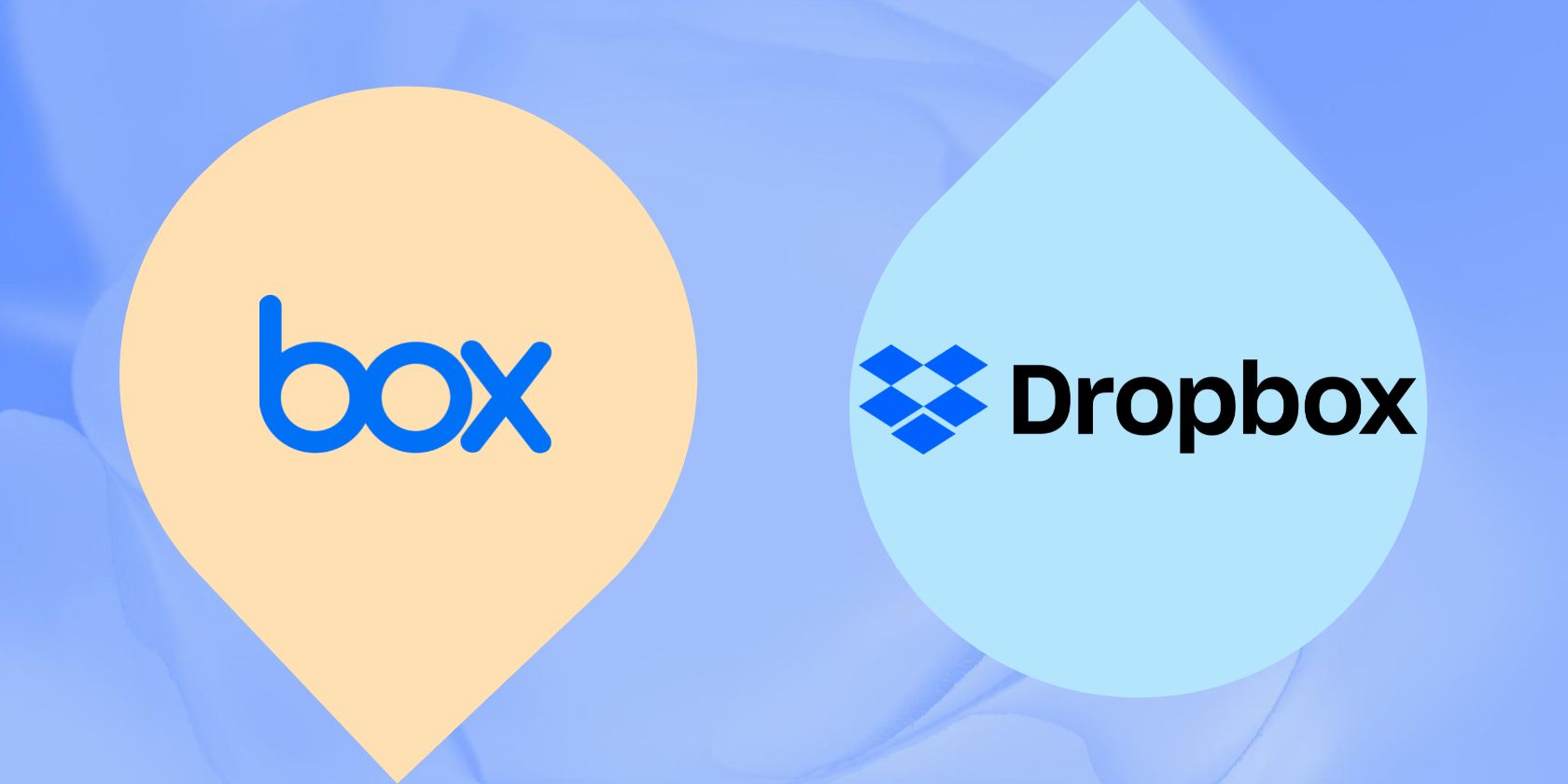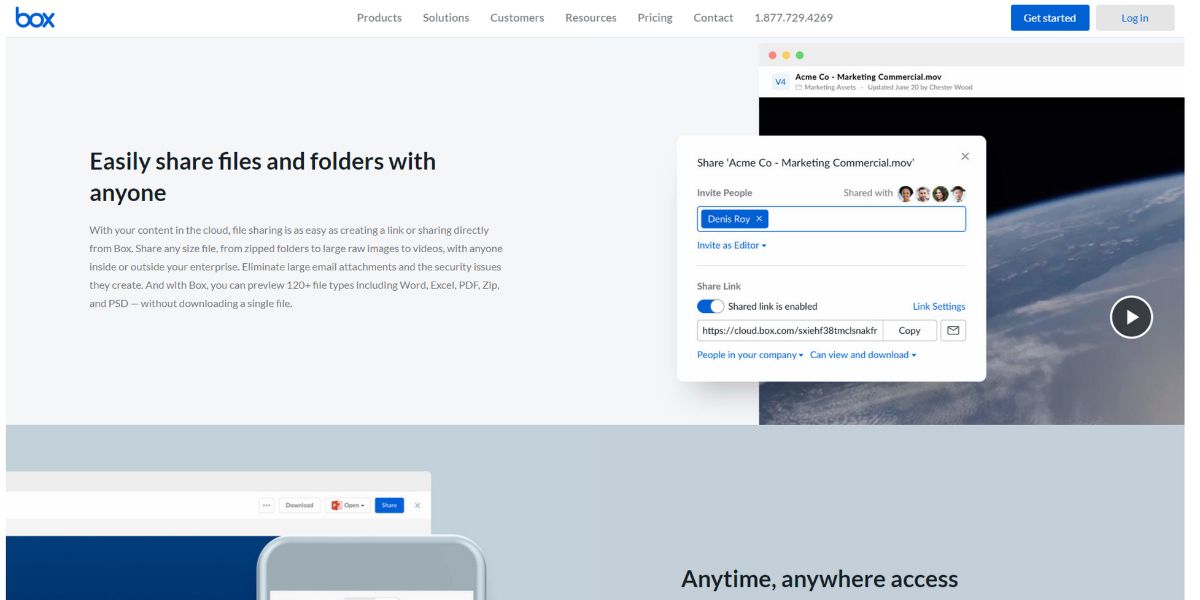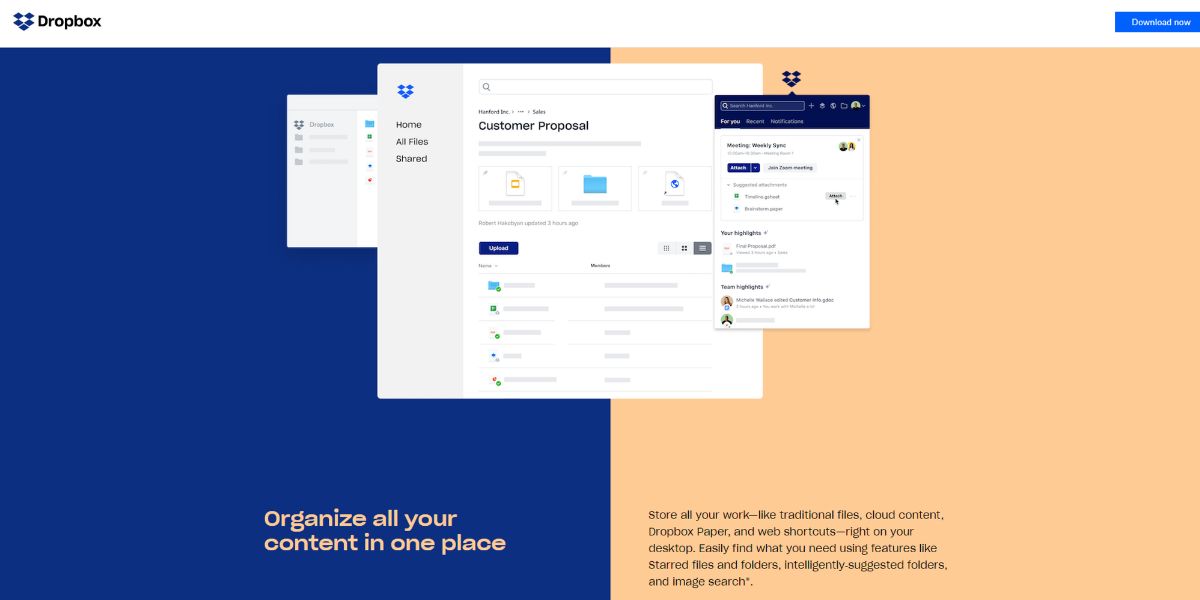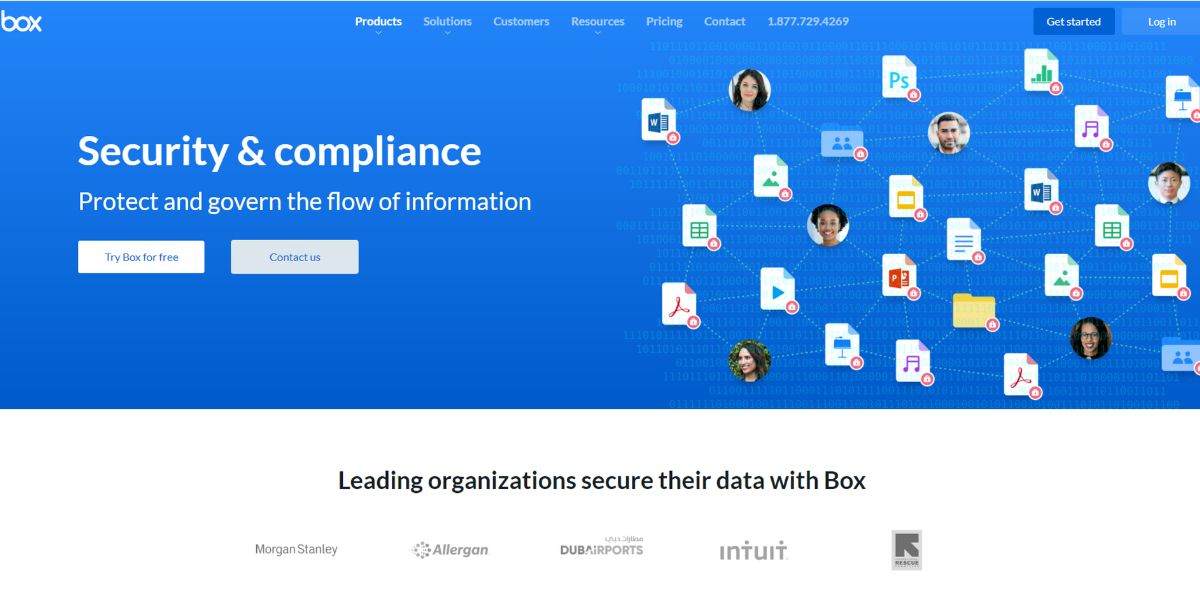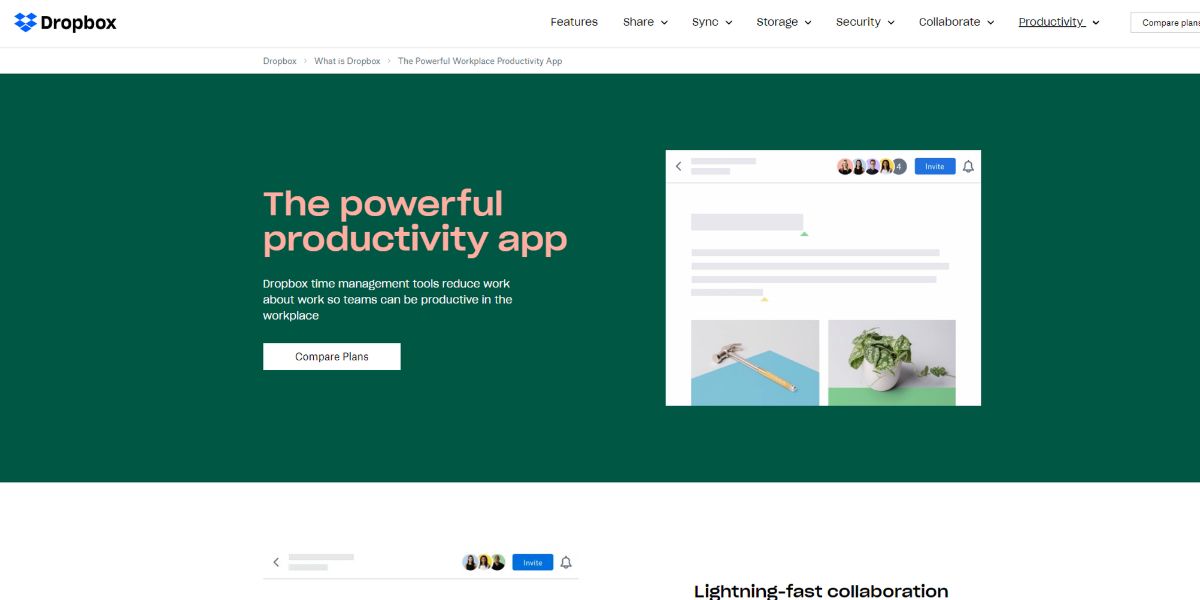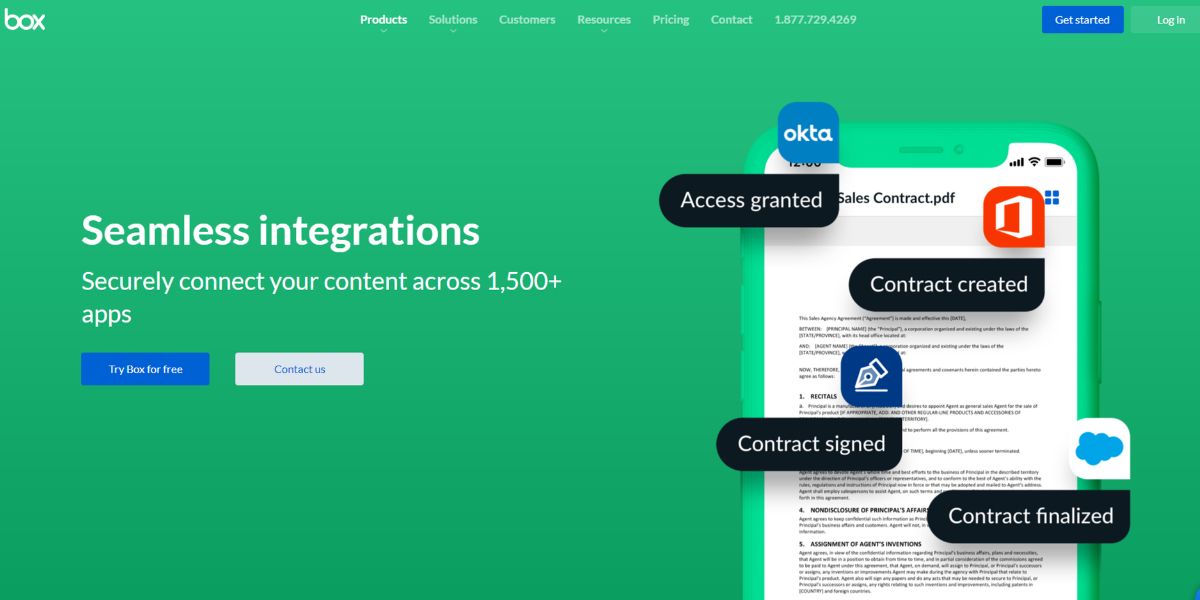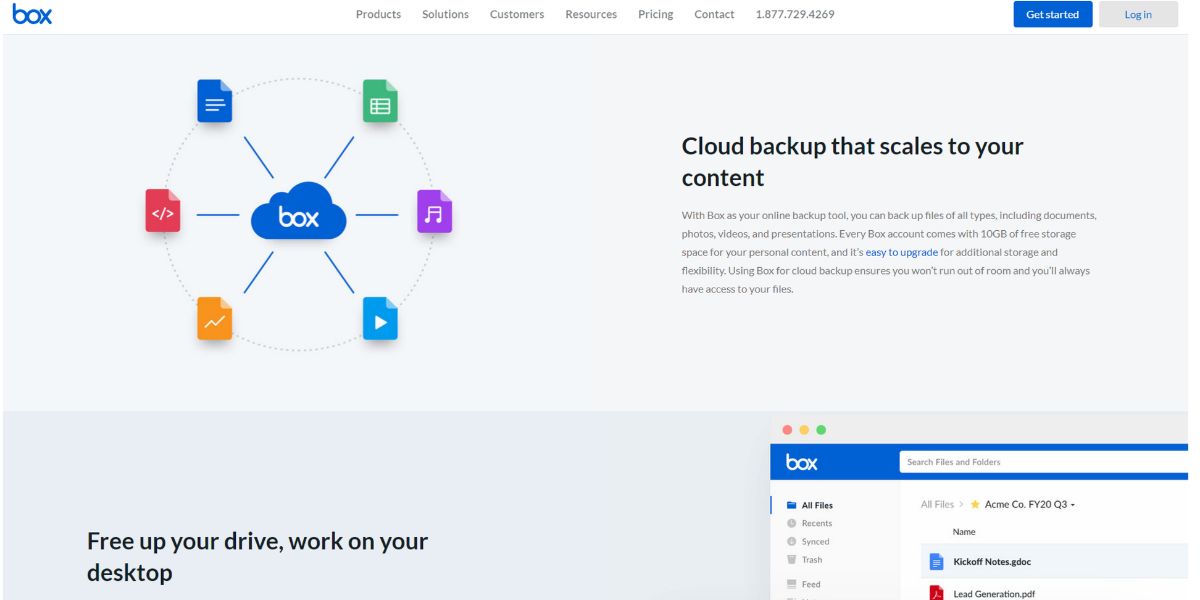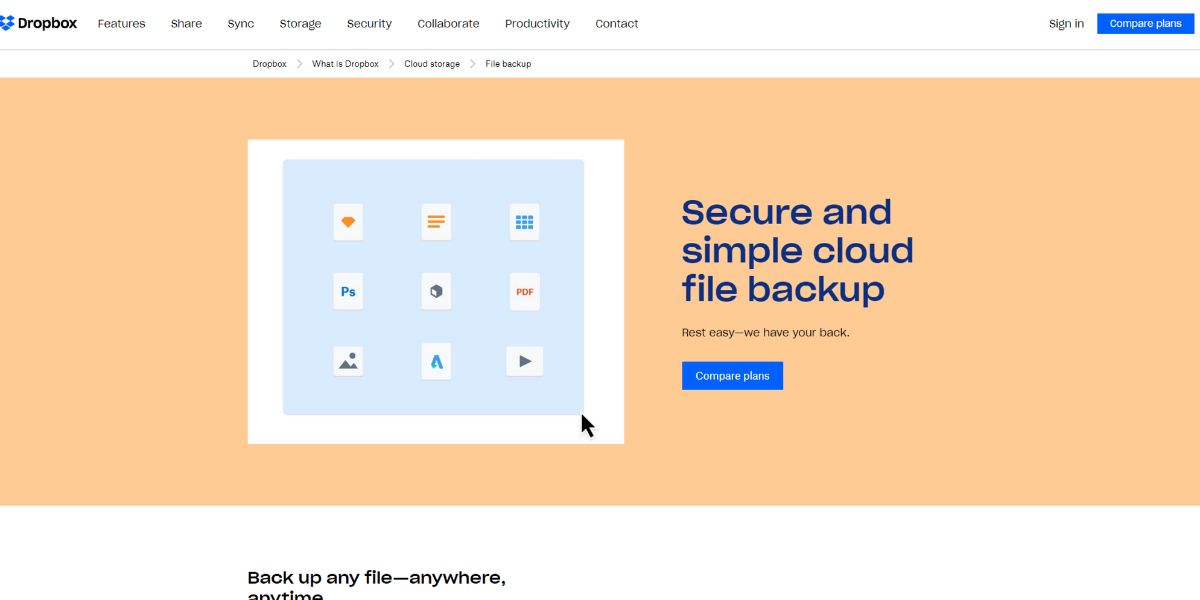Both Box and Dropbox offer reliable cloud-based document management services to the global audience. Such platforms allow you to securely store files and documents in the cloud and access them for collaborative work.
Box and Dropbox are two popular names in the industry, so you may find it difficult to choose between them. Let’s find out how these two services perform head-to-head when compared by crucial metrics.
1. Syncing and Sharing of Files
One of the prime purposes of cloud-based platforms like Box and Dropbox is to help you in collaborative work across devices, while ensuring security at the same time. Therefore, real-time synchronization across devices and hassle-free file sharing are crucial features.
File Synchronization
Box uses the sync feature to store and manage cloud files of users. Box Sync saves a copy of your Box account to your local computer. Therefore, all your Box documents and files are accessible in offline mode.
Any changes you make to these files will get synced with your files stored in the cloud. However, enabling this feature will need you to download an app to your computer. Doing this on a Mac will require an HFS+ or APFS formatted HDD.
On the contrary, you need to access the Dropbox account of your team from a device to see the real-time updates on a file made from any other device. It also lets you enable the Available Offline option, using which, you can access the documents without an internet connection.
File Sharing
Box lets you share any file like raw images, videos, and zipped folders, regardless of the device and file size. During the file sharing, you can set any of the seven different permissions. Moreover, you can permit users without a Box account to edit, comment or download a file.
On the other hand, with Dropbox, file sharing is quite easy. It allows you to share a file or folder directly on the Dropbox website.
You can also use the mobile or desktop app for file sharing. While sharing, it lets you adjust the permission separately for each person. By using link sharing, you can give view-only access to non-Dropbox users.
2. User Interface and Usability
Thanks to the simple interface of Box, you can easily get started with your account. You can simply create a folder and upload your files to it. Then, share it with anyone by entering their email address.
Navigating through your account is also not difficult in Box. Its tree structure lets you find the folder you are looking for in a few clicks. Apart from these, it offers other functionalities for sophisticated users.
Dropbox also promotes ease of use by offering a team space when you log in using the business account. Admin has the control to limit access or share the folders with external members.
The general team members can create shared folders as well. You can also browse through the folder hierarchy to find a file.
3. Pricing
Box offers a 14-day free trial for you to try out the platform. To subscribe to the trial, you'll need a credit or debit card. After the trial expires, you'll need to choose from one of Box's packages. These paid plans start from as low as $15 per user per month for a minimum of three users.
As for Dropbox, there is no free plan available. It has two personal and three business plans to offer. The personal plan starts at $11.99 per month, while the business plan starts at $19.99 per user per month.
4. Cloud Storage Security and Privacy
With Box, you get many advanced security features like data retention policy customization and file encryption. Admins can also control file access and sharing policies, leading to central management and complete visibility of security.
It also encrypts the data both at rest and in transit to avoid data theft. You can also opt for privately manageable encryption keys.
Dropbox offers security features like advanced encryption, file sharing restrictions, secure data transfer, group management, network configuration, and control on app-level. In the event of device loss or account compromise, it also lets you wipe all the data of an account remotely.
Admins can add, remove and track users of the team account. They can also view statistics of team login, sharing, and devices.
5. Productivity Features
In addition to the above features, these two cloud storage platforms both offer additional basic productivity tools.
With Box, you get Box Notes, a note-taking app that also works as a basic task manager. While it’s not the best of its kind, it lets you create, view, and edit from a single window. You can also use it to create memos, share ideas, plan projects, and monitor status updates.
Dropbox comes with a document collaboration tool named Dropbox Paper. With it, your team can assign tasks, search documents, create to-do lists, chat with teammates, create and edit files, store versions, etc.
6. Third-Party Integration
Integration facility enables you to function seamlessly with different apps and devices. In Box, you get the benefit of integration with more than 1,500 apps. The supported apps are mostly business apps such as CRMs, but you can make the most of the integrated apps to align your business.
Some of the top apps you can integrate with Box are Microsoft 365, Google Workspace, Salesforce, Oracle NetSuite, Okta, Broadcom, IBM, Adobe, Slack, DocuSign, 3D Viewer, Airtable, Cisco CloudLock, Asana, Nightfall DLP, DocFax, Air Sharing, etc.
While Dropbox offers integration with only 200 apps, the list includes both consumer and business tools.
Besides Microsoft 365 and Google Workspace, it supports integration with tools like Salesforce, Zoom, Slack, Workplace by Facebook, Zendesk, Zapier, Wrike, Vimeo, WordPress, Meister, UpWork, Canva, WhatsApp, McAfee, etc.
7. Backup and Recovery
When you choose to store your mission-critical data in cloud storage, you need to ensure the storage has a proper data backup and recovery blueprint in place.
If you choose to use Box, you’ll get 30-day file history. However, you get less time to recover deleted files as it clears the Trash folder every 14 days. It also doesn’t have any built-in app to help you perform point-in-time data backup and recovery.
Dropbox also offers a 30-day file history, with no facility for point-in-time data backup and recovery. However, some Dropbox Business plans come with a 180-day history of files.
Cloud Storage for Easy Sharing
Both Dropbox and Box are top cloud hosting service providers with numerous beneficial features. Depending on your requirement and prior experience of usage, you may find any of these to be the best choice.
While choosing for a team, you can run a poll among your teammates to decide the winner.

